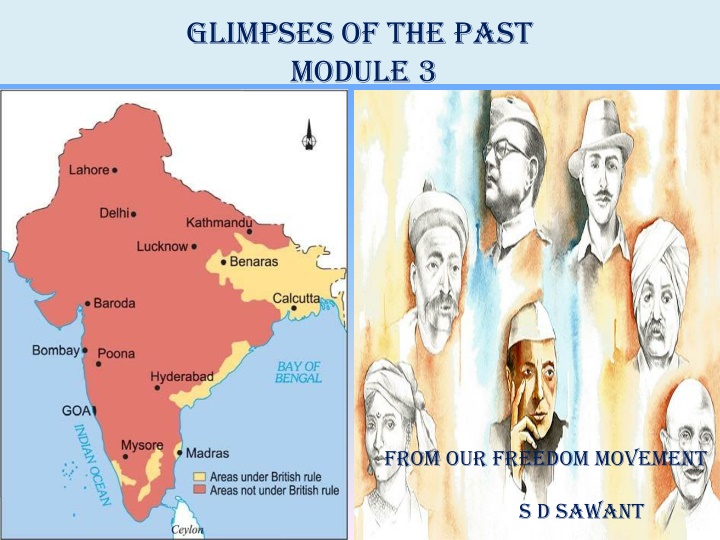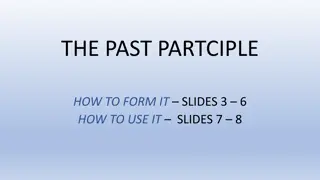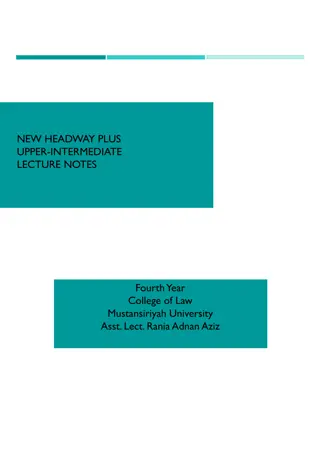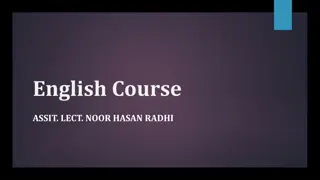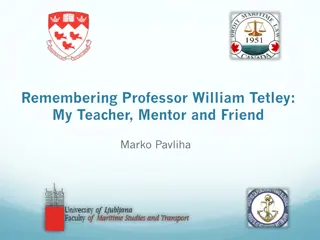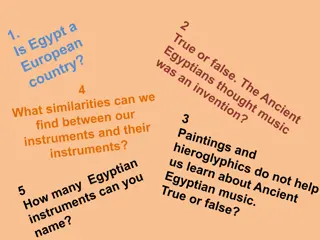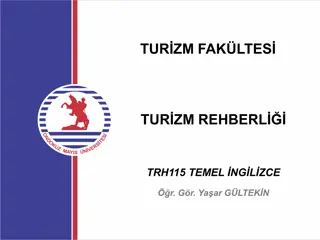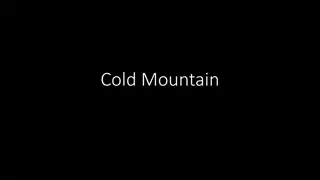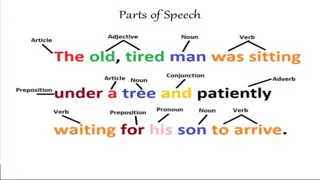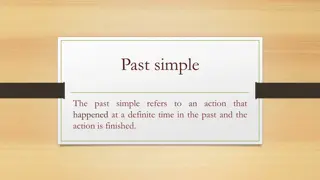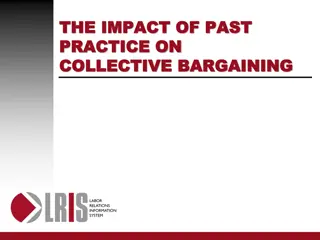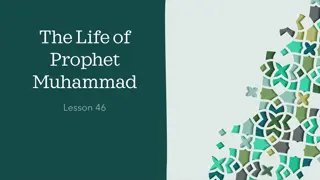Glimpses of the Past
Violent uprisings and rebellions against British colonial rule in India during the 19th century, led by courageous leaders like Begum Hazrat Mahal, Azimullah Khan, and Kunwar Singh, symbolizing the struggle for freedom and independence.
Uploaded on Feb 16, 2025 | 2 Views
Download Presentation

Please find below an Image/Link to download the presentation.
The content on the website is provided AS IS for your information and personal use only. It may not be sold, licensed, or shared on other websites without obtaining consent from the author.If you encounter any issues during the download, it is possible that the publisher has removed the file from their server.
You are allowed to download the files provided on this website for personal or commercial use, subject to the condition that they are used lawfully. All files are the property of their respective owners.
The content on the website is provided AS IS for your information and personal use only. It may not be sold, licensed, or shared on other websites without obtaining consent from the author.
E N D
Presentation Transcript
Glimpses of the Past Module 3 From Our Freedom Movement S D SAWANT
7. The Sparks (1855-57) (Contd.) In Bengal , the Santhals rose in rebellion and massacred Europeans and their supporters alike. Discontent was brewing in the East India Company s army too. Sepoy Mangal Pandey adjutant of his regiment and was executed. Thousands sepoys revolted. humiliated and put in irons. attacked the of other were They Englishmen hardly cared for the sentiments and customs of the Indians and hence rendered all help and shelter to the patriots. the masses
8. Revolt 1857 There was a violent outbreak at Meerut. The sepoys marched to Delhi. The rebellion spread wider. Many landlords had lost their lands because of British policies and they were sore.
The sepoys marched to Delhi and hailed long live their Emperor Bahadur Shah Zafar . Bahadur Shah II (24 October 1775 7 November 1862) was the last Mughal Emperor.
9. The Fight for Freedom (1857) Begum Hazrat Mahal 1. Many former rulers like Begum Hazrat Mahal of Lucknow were bitter. The white men had taken away her kingdom. They joined the upsurge against the foreigner.
2. Popular leaders like Maulvi Ahmedulla of Faizabad told people to rise and unify and raise their voice against the Angrez who were ruining their lands. The people rose everywhere, in Bareily, Kanpur and Allahabad.
3. Azimullah Khan told Tantya Tope (a general in the Indian Rebellion of 1857 and one of its notable leaders. Despite lacking formal military training, Tatya Tope is widely considered as the best and most effective rebel general of the Indian mutiny) that they should have Peshwa Nana Saheb as their leader in the war of Independence. Peshwa Nana Saheb Nana Sahib (19 May 1824 1859), born as Dhondu Pant, was an Indian Peshwa of the Marathe empire. An aristocrat and fighter, he led the rebellion Cawnpur (Kanpur) during the 1857 uprising. The patriots pounced upon the British and fought pitched battles all over North India. Tantya Tope Peshwa Nana Saheb
4. Eighty year old Kunwar Singh of Bihar received a bullet in his wrist. He unsheathed his sword, cut off his injured wrist and offered it to Mother Ganga.
Exercise for Practice 1. Which picture, according to you, reveals the first sparks of the fire of revolt ? 2. Name any two popular leaders who led the revolt. 3. Mention four reasons for the discontent that led to the 1857 War of Independence. 4.Who was the Last Mughal Emperor? 5. In what ways did the British officers exploit Indian soldiers working in East India Company s army?
Multiple Choice Questions 1. In 1855 in Bengal the _______ rose in rebellion and massacred Europeans and their supporters alike. (i). Sentinilese (ii). Santhals (iii). Red Indian 2. ________ attacked the adjutant of his regiment and was executed. (i). Chandra Shekhar Azad (ii). Mangal Pandey (iii). Bhagat Singh
3. The last Mughal Ruler of India was _______ (i). Bahadur Shah Zafar (ii). Aurangzeb (iii). None of the above 4. Many landlords in India were sore because____ (i). They had lost their lands due to british policies. (ii). They had lost their lands due to drought. (iii). Both (i) and (ii)
5. Begum Hazrat Mahal was bitter against british because ___ (i). The white men had taken away her kingdom (ii). The white men had deceived her in the goods received from England. (iii). Neither (i) nor (ii) 6. The lesson Glimpses of the Past is compiled by____ (i). S D Sawant (ii). Roosevelt (iii). Ruskin Bond
